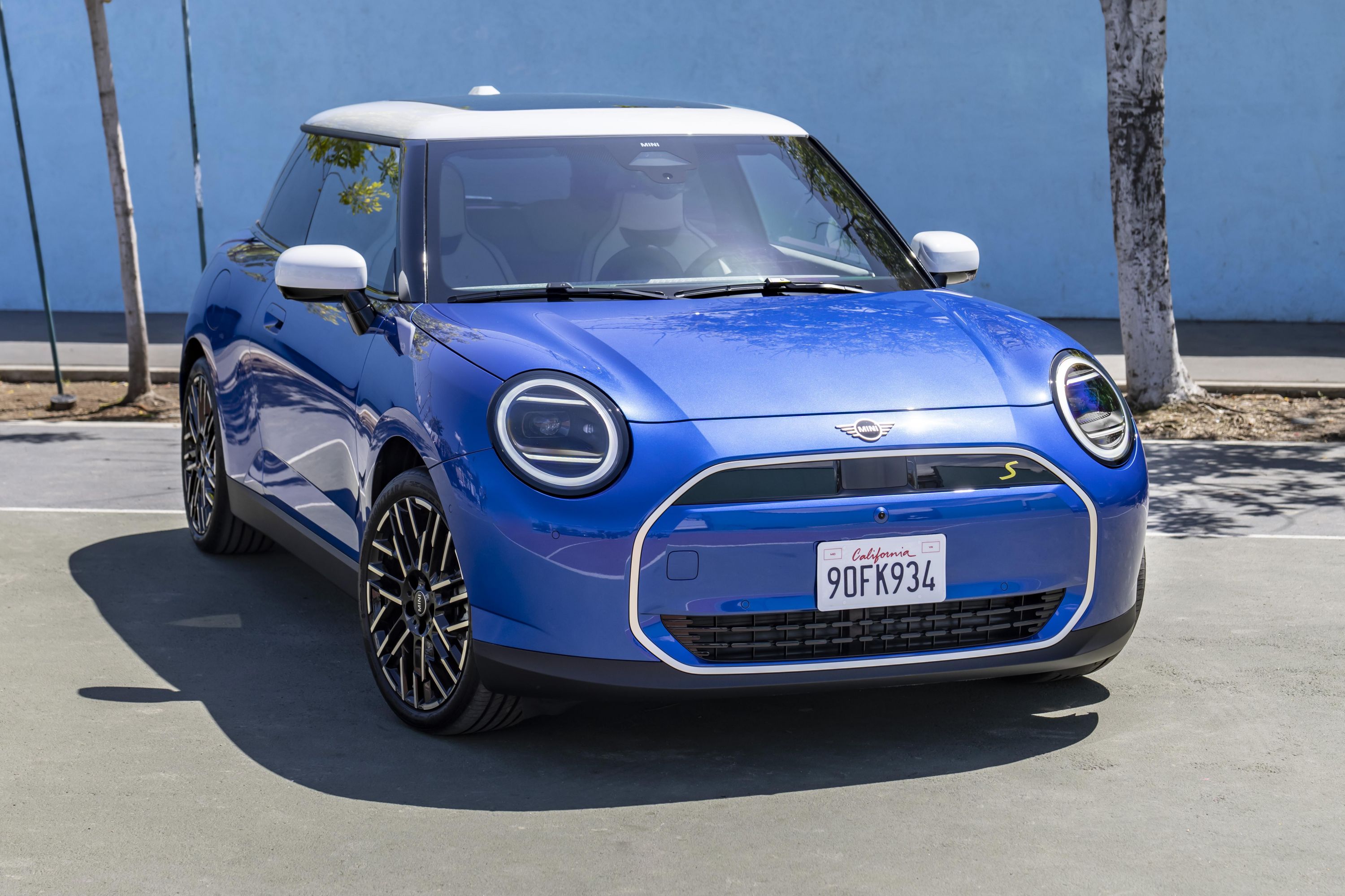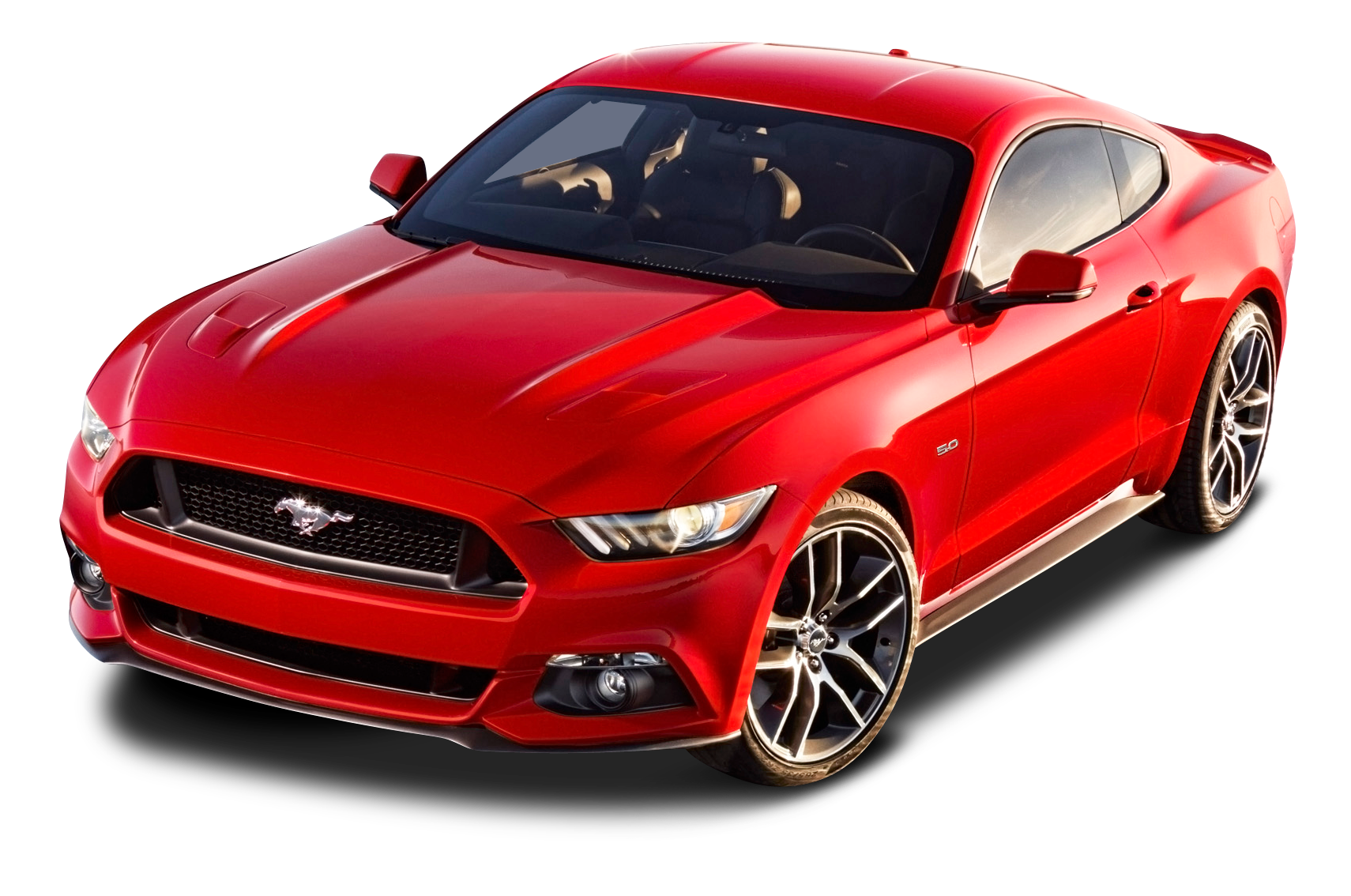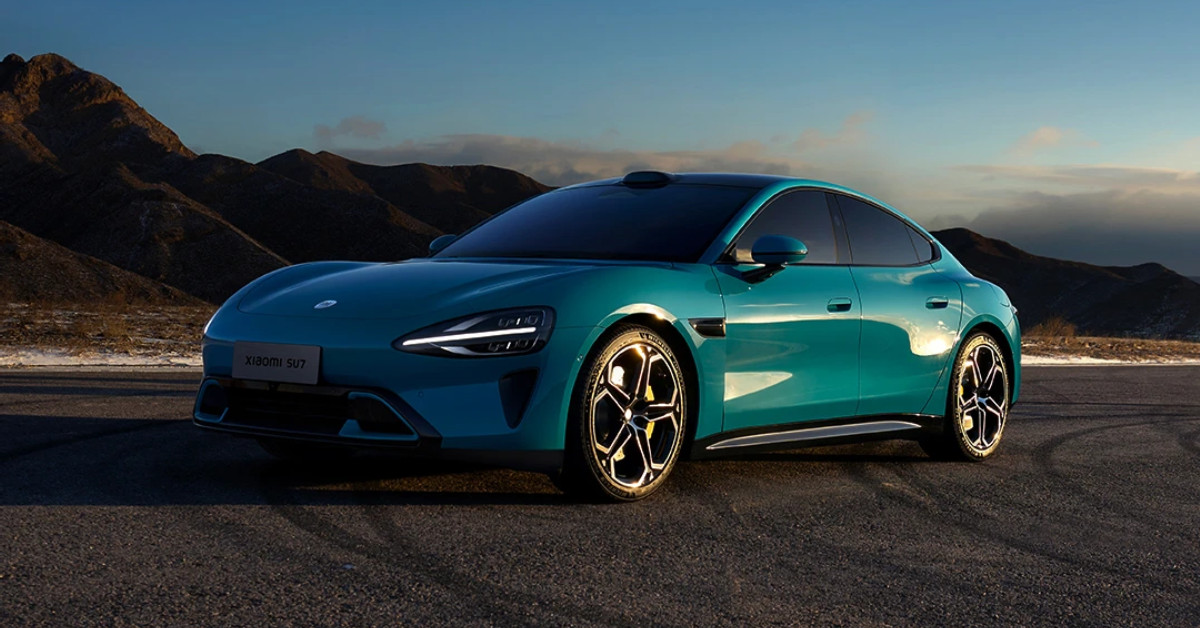Which Car Brand Is The Cheapest? Unveiling the True Cost of Automotive Ownership cars.truckstrend.com
In a world where every dollar counts, the quest for affordability extends naturally to significant purchases like a car. For many, the burning question isn’t just "What’s the best car?" but rather, "Which car brand is the cheapest?" This seemingly simple question, however, opens a complex discussion far beyond just the initial sticker price. True "cheapness" in the automotive world encompasses a myriad of factors, from fuel efficiency and insurance costs to maintenance and long-term reliability. Understanding these nuances is crucial for any budget-conscious buyer looking to make a smart, economical decision.
This comprehensive guide will delve into what truly defines an affordable car brand, identify the top contenders in the budget segment, and equip you with the knowledge to navigate the market effectively, ensuring your next vehicle purchase offers genuine value without breaking the bank.
Which Car Brand Is The Cheapest? Unveiling the True Cost of Automotive Ownership
Beyond the Sticker Price: Understanding True Cost of Ownership (TCO)
When evaluating which car brand is the cheapest, focusing solely on the Manufacturer’s Suggested Retail Price (MSRP) is a common pitfall. The real measure of a car’s affordability lies in its Total Cost of Ownership (TCO). TCO accounts for all expenses incurred over the lifespan of a vehicle, typically over a five-year period. Ignoring these crucial elements can lead to unexpected financial burdens down the road.
Here are the key components of TCO:
- Initial Purchase Price (MSRP): This is the most obvious factor, representing the price the manufacturer recommends. It’s the starting point for negotiations and typically the lowest for base models.
- Depreciation: The single largest cost of car ownership. It’s the difference between what you pay for a car and what it’s worth when you sell or trade it in. Brands known for holding their value better, even if slightly more expensive upfront, can paradoxically be "cheaper" in the long run due to lower depreciation.
- Fuel Efficiency: The higher a car’s miles per gallon (MPG), the less you’ll spend at the pump. This can add up significantly over years of driving, making a fuel-efficient vehicle a cheaper option over time, regardless of its initial price.
- Insurance Costs: Premiums vary widely based on the car’s make, model, safety features, repair costs, and even its theft rate. Generally, less expensive, less powerful cars tend to have lower insurance rates.
- Maintenance & Repairs: Some brands are notorious for expensive parts and specialized labor. Reliable brands with readily available, affordable parts and straightforward maintenance schedules will save you money in the long run. Warranties also play a significant role here.
- Taxes, Fees & Registration: These vary by state and local municipality but are recurring costs that contribute to the overall expense of ownership.
- Financing Costs: If you’re taking out a loan, the interest paid over the life of the loan adds significantly to the total cost. Lower interest rates or shorter loan terms reduce this expense.

Contenders for the "Cheapest" Crown: Brand Analysis

While "cheapest" can be subjective based on TCO, several car brands consistently offer vehicles with the lowest initial purchase prices and competitive long-term ownership costs. Here’s a look at the front-runners:
- Mitsubishi: Often tops the list for lowest MSRP, particularly with its Mirage subcompact. The Mirage consistently holds the title of one of the cheapest new cars available in the U.S. While not known for luxury or performance, it offers basic transportation with excellent fuel economy and a good warranty.
- Nissan: The Nissan Versa is another strong contender for the lowest starting price. Like the Mirage, it focuses on essential transportation, offering decent fuel efficiency and a comfortable ride for its class. Nissan’s broader lineup also includes other value-oriented models.
- Kia: Historically a budget brand, Kia has significantly elevated its design and quality while maintaining competitive pricing, especially on entry-level models like the Rio and Forte. Their industry-leading warranty (10-year/100,000-mile powertrain) significantly reduces long-term repair anxieties, contributing to lower TCO.
- Hyundai: Sister company to Kia, Hyundai mirrors its strategy by offering strong value, modern features, and excellent warranties (also 10-year/100,000-mile powertrain). Models like the Accent (though recently discontinued in the US) and Elantra have been staples in the affordable car segment.
- Chevrolet: The Chevrolet Spark (discontinued in the US for 2023 but still available as used) was a perennial favorite for its ultra-low MSRP. While its subcompact offerings have shifted, Chevy still aims for competitive pricing on its entry-level SUVs and sedans.
- Subaru: While not always the absolute cheapest on initial purchase, Subaru’s strong resale values and reputation for reliability (especially with their AWD system) can make models like the Impreza surprisingly competitive in terms of TCO over five years.
- Toyota: Toyota’s strength lies in its legendary reliability and high resale values, which significantly drive down depreciation – the largest component of TCO. Models like the Corolla, while perhaps not the absolute lowest MSRP, often prove to be among the cheapest to own over time due to minimal maintenance, excellent fuel economy, and strong resale.

Factors Influencing a Car’s "Cheapness"
Beyond the brand, several other factors play a crucial role in determining how "cheap" a car truly is:
- Vehicle Segment & Size: Subcompact and compact sedans/hatchbacks are almost always the cheapest options. As you move up to mid-size sedans, SUVs, trucks, or luxury vehicles, prices naturally increase.
- Trim Level & Features: A car’s base model (the most stripped-down version) will always be the cheapest. Adding options, technology packages, premium interiors, or larger engines significantly increases the price.
- New vs. Used: A used car will almost always be cheaper than its new counterpart due to immediate depreciation once it leaves the dealership lot. Certified Pre-Owned (CPO) vehicles offer a balance of lower price with manufacturer-backed warranties.
- Dealership Incentives & Promotions: Manufacturers and dealerships frequently offer rebates, low-APR financing, or special lease deals that can drastically reduce the effective purchase price. Timing your purchase can save you money.
- Geographic Location: Car prices, taxes, and even insurance rates can vary based on your region, state, and local market competition.
- Time of Year/Month: Dealerships often have quotas to meet by the end of the month, quarter, or year, making these periods ideal for negotiating better deals. New model year introductions also lead to discounts on outgoing models.
Tips for Finding the Cheapest Car
Armed with an understanding of TCO and the cheapest brands, here’s how to apply that knowledge to your car-buying journey:
- Define Your Needs, Not Your Wants: Be realistic about what you truly need in a car. Basic transportation, safety, and fuel efficiency should be prioritized over luxury features or excessive power.
- Research Thoroughly: Don’t just look at MSRP. Use online tools to estimate TCO for different models, compare insurance quotes, and read reliability reviews from reputable sources like Consumer Reports, J.D. Power, and Edmunds.
- Consider Certified Pre-Owned (CPO): A CPO vehicle offers the lower price of a used car with the added peace of mind of a factory inspection and extended warranty, bridging the gap between new and used.
- Shop Around (Multiple Dealerships): Get quotes from at least three different dealerships, even if they’re far apart. Use these quotes to leverage better deals.
- Negotiate Effectively: Don’t be afraid to haggle. Research the invoice price (what the dealer paid) to give you a baseline for negotiation. Be prepared to walk away if the deal isn’t right.
- Understand Financing: Get pre-approved for a loan from your bank or credit union before visiting the dealership. This gives you leverage and a benchmark for comparison against dealer financing offers.
- Test Drive Everything: Even if a car is cheap, ensure it meets your comfort and driving needs. A cheap car you hate driving isn’t a good value.
Potential Challenges and Solutions
Opting for the cheapest car can come with certain trade-offs. Being aware of these challenges allows you to mitigate them:
- Limited Features/Comfort: Cheapest cars often lack advanced tech, premium materials, or powerful engines.
- Solution: Prioritize essential safety features and connectivity (e.g., Apple CarPlay/Android Auto) over luxury amenities. Focus on the base model that still meets your core needs.
- Lower Resale Value (for some models): While some budget brands like Toyota and Honda hold value well, others might depreciate faster.
- Solution: If you plan to keep the car for a very long time, depreciation becomes less of an immediate concern. Alternatively, focus on models known for better retention even in the budget segment.
- Perceived Quality Issues: Some associate "cheap" with "poorly made."
- Solution: Research reliability ratings extensively. Many affordable cars today offer impressive build quality and durability. A strong warranty can also provide peace of mind.
- Safety Concerns: Older, cheaper cars might lack modern safety tech.
- Solution: Even budget-friendly new cars are now equipped with standard safety features like multiple airbags, stability control, and sometimes even advanced driver-assistance systems (ADAS). Always check NHTSA and IIHS safety ratings.
Price Comparison Table: Entry-Level Models from Top "Cheapest" Brands (Estimates)
Below is a table offering a snapshot of current or very recent entry-level models from brands commonly associated with affordability. Please note that prices are approximate starting MSRPs for base models and can vary significantly based on location, dealership incentives, added features, and current market conditions. TCO estimates are generalized for a 5-year period and include factors like depreciation, fuel, insurance, and maintenance.
| Car Brand & Model | Approx. Starting MSRP (New) | Estimated Annual Fuel Cost (Avg. MPG) | Estimated 5-Year Cost of Ownership (TCO) | Key Feature/Benefit |
|---|---|---|---|---|
| Mitsubishi Mirage | $16,695 | $1,300 (39 MPG) | $29,000 – $32,000 | Lowest MSRP, excellent fuel economy, long warranty. |
| Nissan Versa | $17,000 | $1,400 (35 MPG) | $30,000 – $34,000 | Spacious interior for its class, standard safety tech. |
| Kia Rio | $17,800 | $1,450 (34 MPG) | $31,000 – $35,000 | Great warranty, good features for the price, peppy. |
| Hyundai Elantra | $21,600 | $1,500 (33 MPG) | $35,000 – $40,000 | Modern styling, strong warranty, good tech. |
| Subaru Impreza | $23,000 | $1,600 (30 MPG) | $36,000 – $41,000 | Standard AWD, strong resale value, good safety ratings. |
| Toyota Corolla | $22,000 | $1,500 (33 MPG) | $35,000 – $40,000 | Legendary reliability, high resale value, low TCO. |
Disclaimer: All prices and cost estimates are approximate and subject to change. They are provided for comparative purposes only. Actual costs will vary based on individual driving habits, location, insurance rates, maintenance schedules, and market fluctuations. Always consult official manufacturer websites and local dealerships for the most current pricing and incentives.
Frequently Asked Questions (FAQ)
Q1: Is the cheapest car always the best value?
A1: Not necessarily. While a low initial price is appealing, a car with higher upfront costs but better fuel economy, lower insurance, superior reliability, and strong resale value can ultimately be cheaper over its lifespan due to a lower Total Cost of Ownership (TCO).
Q2: Do cheaper cars cost more to insure?
A2: Generally, no. Cheaper cars, especially those with lower horsepower and less expensive parts, often have lower insurance premiums than luxury or high-performance vehicles. However, individual factors like your driving record, location, and age also play a significant role.
Q3: Are cheaper cars less safe?
A3: Modern budget cars are significantly safer than their predecessors. Most new vehicles, regardless of price point, meet stringent safety standards and include essential safety features like multiple airbags, anti-lock brakes, and stability control. Many also offer advanced driver-assistance systems (ADAS) as standard or optional. Always check NHTSA and IIHS safety ratings.
Q4: What’s the difference between MSRP and the actual price I pay?
A4: MSRP (Manufacturer’s Suggested Retail Price) is just a recommendation. The actual price you pay can be lower after dealer negotiations, manufacturer rebates, and incentives. It can also be higher if you add optional features, accessories, or pay dealer fees.
Q5: Should I buy new or used for the cheapest option?
A5: For the absolute lowest initial cost, a used car will almost always be cheaper than a new one. Used cars have already absorbed the steepest depreciation. However, new cars come with full warranties and the latest features. Certified Pre-Owned (CPO) vehicles offer a good compromise, combining some of the cost savings of used with the peace of mind of a warranty.
Conclusion
The quest for the "cheapest" car brand is a journey that extends far beyond the price tag. It’s about understanding the intricate dance of initial cost, depreciation, fuel efficiency, insurance, and maintenance. While brands like Mitsubishi and Nissan often lead the pack in terms of lowest MSRP, the true champions of affordability, when considering the full Total Cost of Ownership, often include reliable stalwarts like Kia, Hyundai, and Toyota.
By focusing on your actual needs, thoroughly researching TCO, leveraging smart buying strategies, and being aware of potential trade-offs, you can confidently navigate the automotive market. The goal isn’t just to find the lowest price, but to secure the best value for your money – a vehicle that provides reliable, economical transportation without becoming a financial burden in the long run. Choose wisely, and your wallet will thank you.

